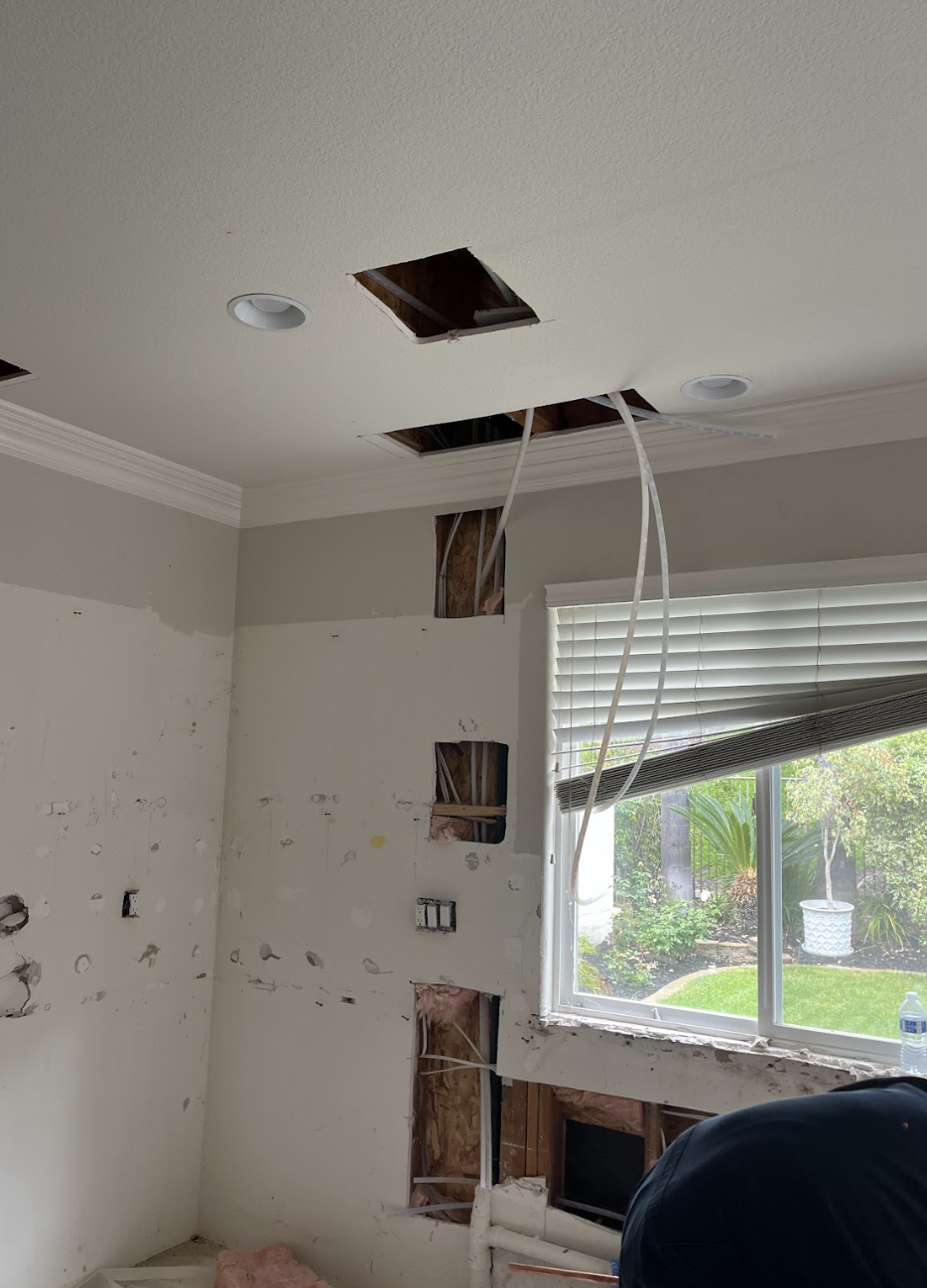When it comes to maintaining your home’s plumbing system, you might hear terms like “repiping” and “plumbing” thrown around. But what exactly do these terms mean, and how do they differ? In this beginner-friendly blog post, we’ll unravel the distinctions between repiping and plumbing, helping you understand when each is necessary and how they contribute to your home’s overall plumbing health.
What is Repiping? Repiping is a comprehensive plumbing project that involves replacing old, damaged, or deteriorating pipes in a home’s plumbing system with new ones. This process typically addresses widespread issues such as leaks, low water pressure, or poor water quality by upgrading the entire network of pipes throughout the home.
Key Features of Repiping:
- Pipe Replacement: The primary goal of repiping is to remove the existing pipes and replace them with new ones made from modern materials like copper, PEX (cross-linked polyethylene), or CPVC (chlorinated polyvinyl chloride).
- System Overhaul: Repiping involves renovating the entire plumbing system, including supply lines, distribution pipes, and drain lines, to ensure consistent water flow and optimal performance.
- Preventive Maintenance: Repiping is often undertaken as a preventive measure to address existing issues and prevent future plumbing problems, such as leaks or corrosion, from occurring.
What is Plumbing? Plumbing refers to the installation, repair, and maintenance of a home’s plumbing system, including pipes, fixtures, and appliances, to ensure the efficient conveyance of water and waste. Plumbing encompasses a broad range of services, from installing new plumbing fixtures to repairing leaks and clogs.
Key Features of Plumbing:
- Installation: Plumbers install new plumbing systems, including pipes, fixtures (such as sinks, toilets, and showers), and appliances (such as water heaters and dishwashers), in both new construction projects and existing homes.
- Repair: Plumbers diagnose and repair plumbing issues such as leaks, clogs, broken pipes, and malfunctioning fixtures to restore proper function and prevent water damage.
- Maintenance: Plumbers perform routine maintenance tasks, such as inspecting pipes for signs of corrosion, cleaning drains, and testing water pressure, to identify and address potential problems before they escalate.
Differences Between Repiping and Plumbing:
- Scope: Repiping involves replacing the entire network of pipes in a home, whereas plumbing encompasses a broader range of services, including installation, repair, and maintenance of plumbing fixtures and appliances.
- Objective: Repiping aims to address widespread plumbing issues by upgrading the entire plumbing system, while plumbing focuses on resolving specific issues or performing routine maintenance tasks.
- Longevity: Repiping is a long-term solution that can significantly extend the lifespan of a home’s plumbing system, whereas plumbing repairs may provide temporary fixes to immediate problems.
In summary, repiping and plumbing are both essential aspects of maintaining a healthy and functional plumbing system in your home. While repiping involves replacing old or damaged pipes to address widespread issues, plumbing encompasses a broader range of services, including installation, repair, and maintenance of plumbing fixtures and appliances. By understanding the differences between repiping and plumbing, you can better address your home’s plumbing needs and ensure long-term reliability and performance!


Add Comment